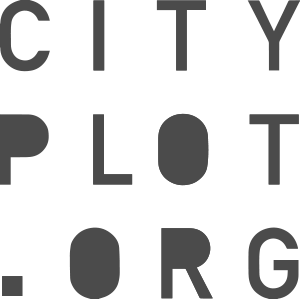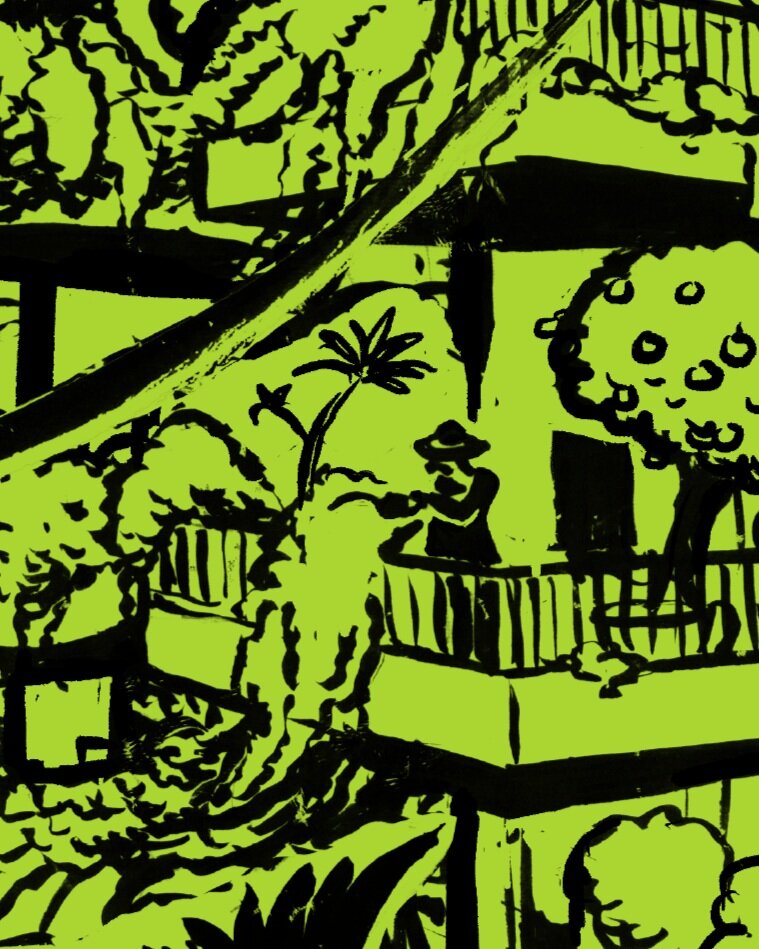support biodiversity
Plants account for more than 80% of all living mass on our planet. This percentage is unfortunately rapidly declining due to the human destruction of nature. Beyond nostalgia alone, there are many compelling reasons for why we need to restore this balance. Plants absorb carbon dioxide (the dreaded output of both our exhalations and our economic activities), and in return make the oxygen that we all breathe. Not only do they clean our air, but plants also provide humankind with food, medicine and a myriad of other products. This is why we encourage you to grow plants everywhere you can: on rooftops and balconies, in gardens, empty parking lots and other unused spaces, climbing up your building, and so forth.
Grow meadows not lawns. Hundreds of years ago it was common practice to have herb and flower gardens around the house. The concept of a lawn was introduced in 17th century England by wealthy people who felt the need to boast that they had lots of land. Unfortunately, as they support so little life, lawns are the equivalent of green deserts.
And did you know that the plants on our lawns that we call weeds and spend money and use toxic pesticides to get rid of – such as dandelions and nettle – tend to be excellent sources of food for pollinator insects? Did you know that these plants are good for the soil and even good for our health? Cultivating manicured grass lawns that don’t support any other life is very wasteful on a planet with limited land resources. Clearly the best kind of gardener is a lazy one who does not cut the grass and allows biodiversity to flourish!
We advise you to green any available space you have available to you. Meadows are a good replacement for lawns. Not only are they less maintenance, saving both time and money, but they also support local ecosystems and are a pleasure to observe. Given that our insects and bird populations are threatened, creating local habitats for them is invaluable. You can also plant butterfly or pollinator friendly plants, herbs, or even a food forest on your balcony, in your backyard or at your child’s school playground.
GET ACTIVE!
Stop mowing your lawn. Instead, plant pollinator-friendly perennial plants on your balcony or in your garden that require no mowing and provide food for local insects and birds.
If that is too big a step for you, try not to mow until the beginning of June and keep your blade 10cm above the ground so that insects can feast on the first flowers of the season.
Convert paved areas in your neigbourhood into green meadows. In Amsterdam, you can check out:
Tegels Eruit and Tegelwippen, local initiatives to replace tiles with greenery.
De Dakdokters, rooftop ‘doctors’ who plant nature in the sky.
Rooftop Revolution also transforms roofs into green spaces.
De Gezonde Stad runs projects to create more green spaces in Amsterdam.
Grow your own herbs, edible fruit and vegetable garden; or plant a food forest.
The city of Amsterdam has a website that helps you with greening your neighbourhood. You can request a small ‘geveltuin’ garden in front of your house, a garden around a tree on your street, or you can adopt a planter.
Join Cityplot Amsterdam’s Get Down Get Dirty annual year training on urban farming.
Cityplot offers other workshops and garden consultations. Check out our website and Facebook group for upcoming events.


